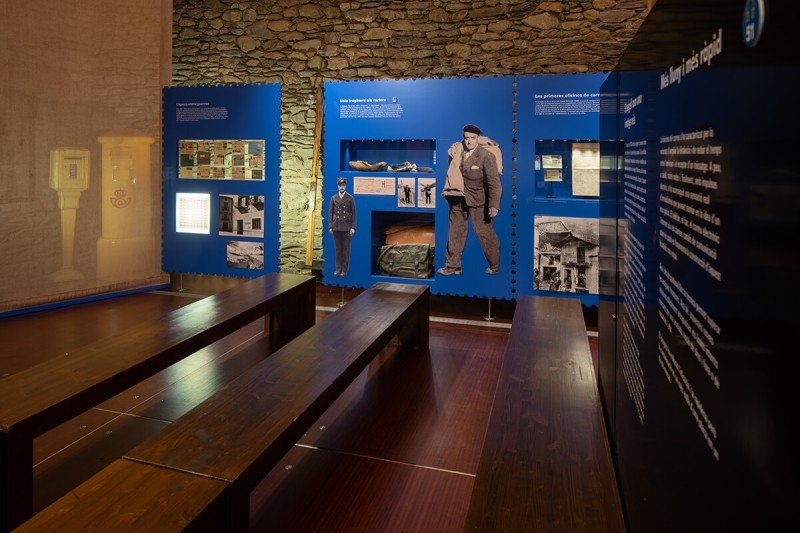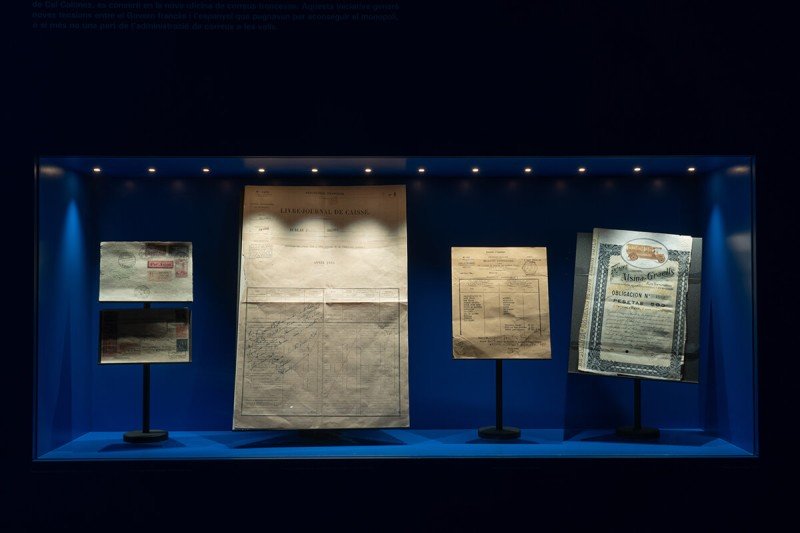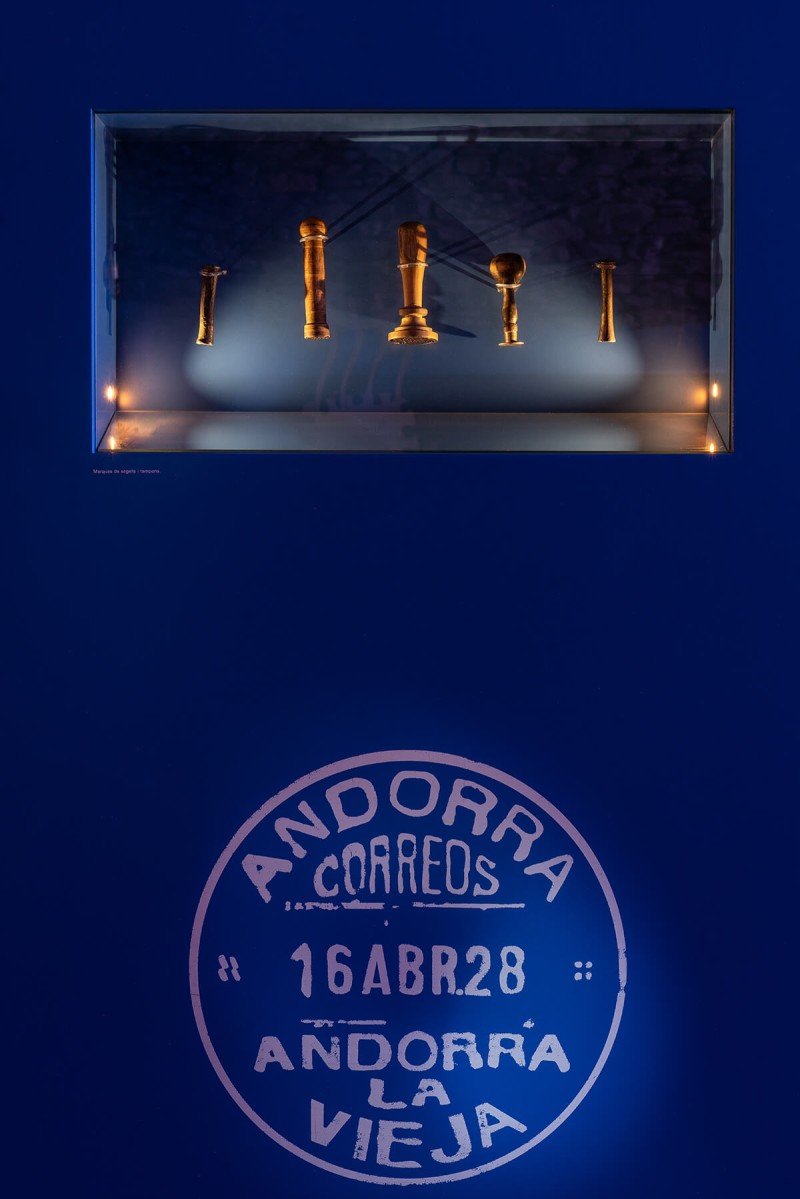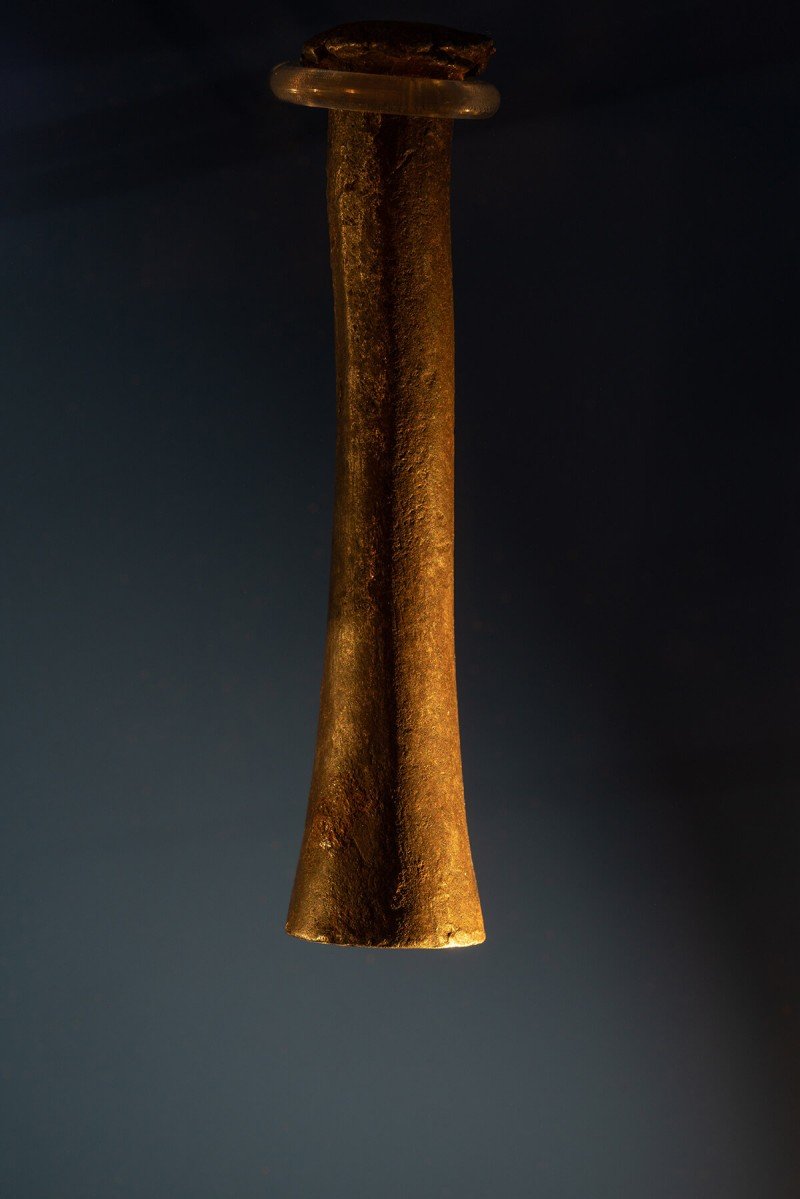The officialization of the postal service in Andorra. Correos and La Poste
At the beginning of the 20thcentury and notwithstanding the functionality and usefulness of the train, the motor car emerged as a new means of transport capable of reaching beyond the areas of greatest economic activity. The road network was gradually extended and improved. The remnants of the former monopoly of the muleteers shifted to the bus, which allowed the transport of people and low-weight, low-volume, high-priced goods in local markets.
In this context and as part of a desire to improve integration towards the south in the face of French influence, the episcopal co-prince oversaw the construction of a road between La Seu d’Urgell and Andorra la Vella (1903-1916). The improvement of this axis, together with the subsequent construction of hydroelectric power plants and roads in the interior and towards the French border (1929-1934), greatly facilitated a period of economic growth, especially, between 1932 and 1950.
With this development, the postal service was gradually adapted to meet the communication needs of Andorran emigrants and international relations resulting from the exploitation of natural resources and trade. The adaptation generated a conflict of interests, between private individuals and neighbouring states, in terms of how exploit the potential revenues derived from the postal service.
The first official post office
The International Postal Congress in Rome (1906) emphasised the fact that Andorra as a country did not yet have as table postal organization. In the face of this reality, the Spanish government, with the approval of the episcopal co-prince, reorganised and officialised the service which was in fact already operating. Jacint Rossell’s shop, situated very close to the Cal Calones hostel, became the new post office. This initiative sparked new tensions between the French and Spanish governments, which were vying to achieve a monopoly, at least partly, of the Andorran postal administration.
From muleteers to postmen
Up to 1913, trade and communication in Andorra and more specifically the mail had relied especially on muleteers and mules. However, following the construction of the road, the transport of the mail sacks was transferred to buses. Following the reorganisation of the Spanish postal infrastructure in Andorra (1928), this service was centralised by the Companyia Anònima Alsina Graells d'Autotransports. When letters arrived in Andorra, they were sent to the parish offices by car, on foot or on horseback. From 1906, two postmen were entrusted with a part of this final distribution.
Miquel Farré de Cal Canaro, the postman of Soldeu, deserves special mention as he is considered to be the man who introduced skis to Andorra. Farré first noticed skis in Porta during the winter of 1924 when he went to pick up a sack of mail and saw the people there walking in the snow with planks on their feet. Farré replaced snowshoes with the first skis, which were known as Norwegian shoes. Unfortunately, no photographs have survived of Farré delivering the mail on skis.
The interwar period
Between 1932 and 1950, Andorra experienced strong economic growth thanks to smuggling. This phase was accompanied by the updating and consolidation of various services such as, for example, the mail service. Príncep Benlloch Squarein Andorra la Vella became the new epicentre from which the changes arrived and radiated. This was a bus stop and specifically it was the location of the central office of the Spanish postal service which provided a telegraph and telephone service. For this reason, when the French government decided to officialise and expand the service in 1931, it also opened the main post office in this location.


















